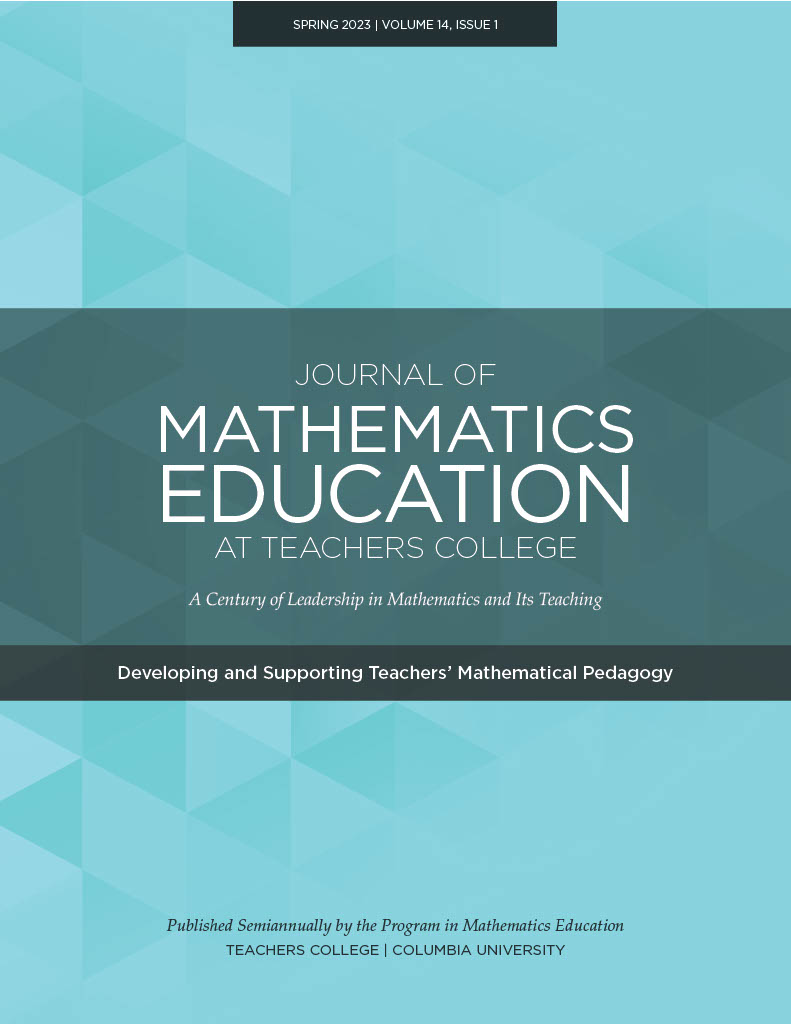Presenting a New Model to Support the Secondary-Tertiary Transition to College Calculus The Secondary Precalculus and Calculus Four Component Instructional Design (SPC 4C/ID) Model
Main Article Content
Abstract
Although the secondary-tertiary transition has been investigated in mathematics education research with different focuses and theoretical approaches, it remains a major issue for students in the transition. With success in a science, technology, engineering, or mathematics (STEM) major at stake, we investigated a novel approach to support the transition from secondary precalculus or calculus to tertiary calculus. Using the Four Component Instructional Design (4C/ID) model and empirical data from the United States (US) nationally representative FICSMath project, we mapped instructional experiences of students in the transition to theoretical components of the 4C/ID model. From exploratory factor analysis (n=6,140), we found six factors that mapped to the 4C/ID model components and created the new Secondary Precalculus Calculus (SPC) 4C/ID model. In this model, the Learning Task Component represents tasks to engage learners in meaningful problem solving; the Support Component grounds instruction in reasoning and understanding; the Procedure Component integrates group work and graphing calculators to connect concepts to procedures; and the Part-Task Component represents instruction to develop automaticity. The SPC 4C/ID model presents a unique support for precalculus and calculus teachers in the quest of teaching for learning and transfer of learning across the transition.
Article Details

This work is licensed under a Creative Commons Attribution 4.0 International License.

